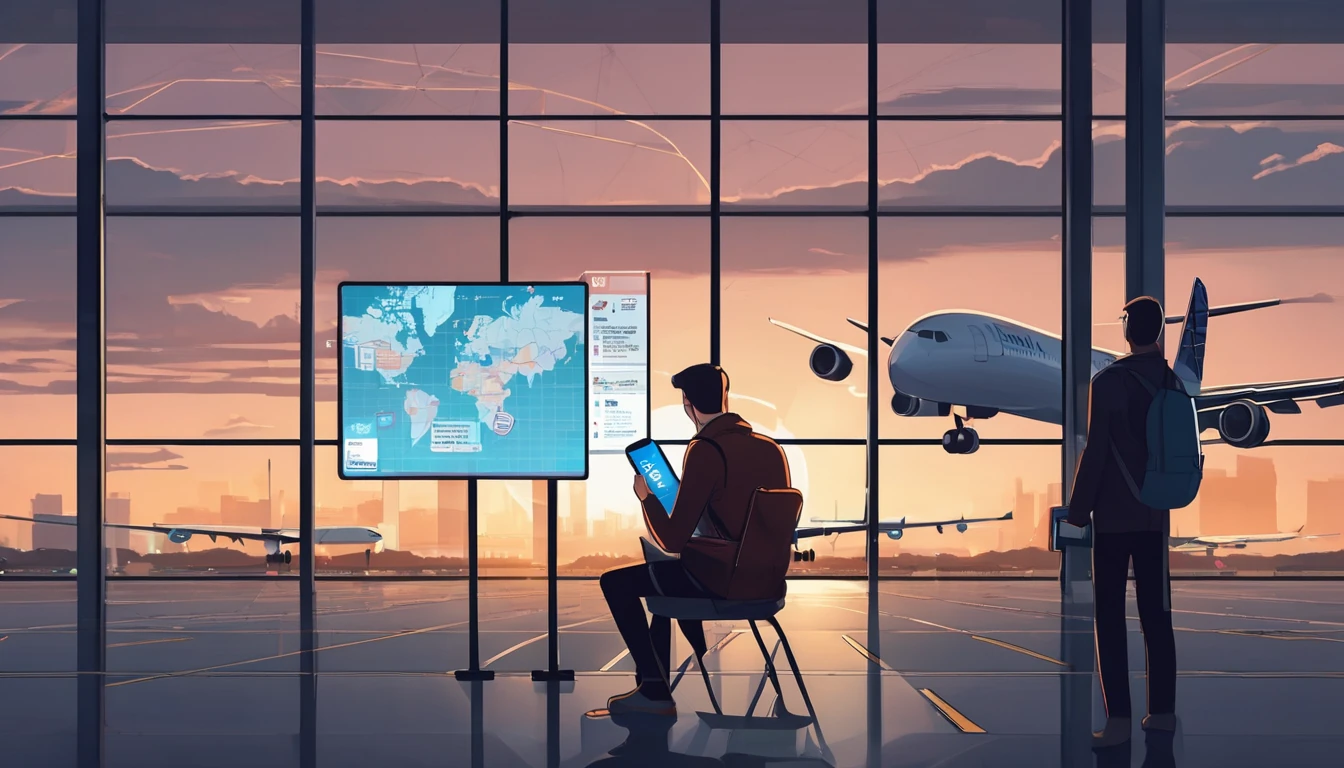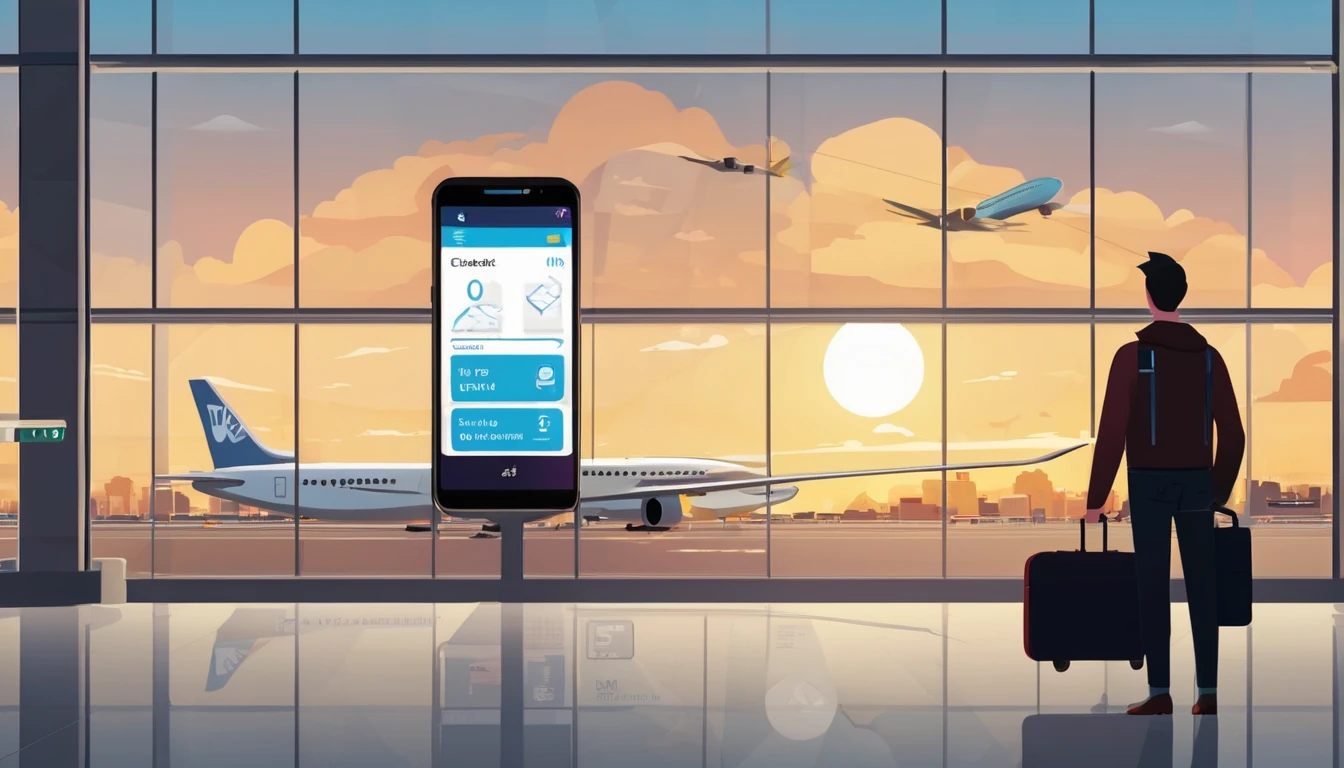Travelling with your own phone is easy—until it isn’t. Mobile networks use different frequency bands in different parts of the world, and your device must support the right ones to get strong 4G/LTE coverage (and voice, via VoLTE) abroad. If you’ve ever landed to “No service” or painfully slow data, band compatibility was likely the culprit. This guide gives you a traveller-first way to check, fast. You’ll find the key LTE bands by region, simple checklists to confirm compatibility, and pro tips to avoid surprises—plus direct links to regional eSIMs so you can be online the moment you land. Use the band tables to see what matters in the USA, Europe and Asia, then run a quick device check before you buy. If you only remember one thing: you don’t need every band, but you do need the right few for where you’re going.
Mobile bands 101 (the two-minute refresher)
- A “band” is a chunk of radio frequency used by mobile networks. LTE bands have numbers (e.g., Band 3, Band 20).
- Regions deploy different mixes of bands. Your phone must support the local bands to get 4G data and VoLTE calls.
- FDD vs TDD: Some regions (notably China/India) use TDD bands like 40/41. Many phones support both FDD and TDD, but budget or older models may not.
- 3G/2G shutdowns: The USA has shut down 3G and legacy CDMA. Without VoLTE, calls won’t work. Several countries in Europe/Asia still run 3G, but support is shrinking.
- 5G is great, but 4G/LTE is still the baseline for reliable coverage. Check LTE first; treat 5G as a bonus.
Pro tip: “Quad‑band” used to mean 2G/GSM compatibility, not LTE. For modern travel, look for LTE/5G band support, not just GSM.
The fast compatibility checklist
1) Find your phone’s supported bands - iPhone: Settings > General > About > Legal > Regulatory, then cross-check on Apple’s specs page. - Android: Settings > About phone > Hardware information, then confirm on the manufacturer’s specs page or model datasheet. - Pro tip: Model numbers vary by region. Verify the exact model (e.g., SM‑S91xB vs SM‑S91xU).
2) Check the destination’s key LTE bands - Use the regional tables below as a quick filter. - Then confirm your specific country on our Destinations page (with device checker).
3) Confirm VoLTE support - USA travel requires VoLTE for calls (3G is off). Ensure your device supports VoLTE and that it’s enabled.
4) eSIM and carrier lock - Ensure your phone is carrier‑unlocked and supports eSIM. - Choose a regional eSIM: for example, Esim United States or Esim Western Europe.
5) Install and test before you fly - Add the eSIM profile, set the APN (if needed), enable data roaming, and run a speed test on arrival.
Pro tips: - You don’t need every band—having the main coverage band(s) plus at least one capacity band usually suffices. - Rural coverage often relies on low‑frequency bands (700/800 MHz like B12/B13/B20/B28). Don’t skip these if you’re leaving big cities.
LTE bands by region: what really matters
North America (USA and Canada)
In the USA, each operator leans on a small set of critical LTE bands. If your device has most of these, you’ll be fine in cities and beyond:
Band
Frequency (approx.)
Where/notes
2
1900 MHz (PCS)
All carriers; urban capacity
4/66
1700/2100 MHz (AWS)
Core for AT&T, T‑Mobile, Verizon; B66 is an extended AWS
5
850 MHz
AT&T (also some legacy Sprint/T‑Mobile areas)
12/17
700 MHz (Lower)
AT&T/T‑Mobile coverage band
13
700 MHz (Upper)
Verizon’s primary coverage band
14
700 MHz (FirstNet)
AT&T public-safety band; consumer devices increasingly support it
25
1900+ MHz
T‑Mobile (ex‑Sprint)
26
850+ MHz
T‑Mobile (ex‑Sprint) coverage supplement
41 (TDD)
2500 MHz
T‑Mobile capacity (ex‑Sprint); strong in many cities
71
600 MHz
T‑Mobile wide‑area/rural coverage
- 3G is shut down. VoLTE is mandatory for calls.
- For broad USA coverage, aim for Bands 2, 4/66, 5, 12/13, and 71; Band 41 improves capacity in many cities.
- Canada broadly uses Bands 2, 4/66, 5, 7, 12/13/17 and 29/30 (DL); coverage varies by operator.
Plan a US trip with Esim United States or a cross‑border plan via Esim North America.
Europe (EU and UK)
Europe’s LTE landscape is remarkably consistent. Most countries use a common “core five” plus 700 MHz:
Band
Frequency (approx.)
Where/notes
1
2100 MHz
Capacity; widespread
3
1800 MHz
Core band across Europe
7
2600 MHz
High‑capacity urban band
8
900 MHz
Coverage/indoor fill in some networks
20
800 MHz
Key coverage band (rural/suburban); crucial for reach
28
700 MHz
Growing rapidly; extra coverage and indoor penetration
32 (DL)
1500 MHz (DL only)
Supplemental downlink in pockets (not required)
38 (TDD)
2600 MHz
Limited use in select markets
- For dependable EU/UK coverage: Bands 3, 20 and 28 are the most valuable; Bands 1 and 7 add city capacity.
- 3G still exists in some countries but is being retired. Rely on LTE and VoLTE.
Heading to Paris, Rome or Barcelona? Check country specifics and pick a regional plan: - France: Esim France - Italy: Esim Italy - Spain: Esim Spain - Multi‑country trip: Esim Western Europe
Asia–Pacific highlights
Asia is diverse. Use this table to prioritise bands by destination cluster:
Country/region
Key LTE bands to have
Notes
China
1, 3, 8, 39/40/41 (TDD)
Heavy use of TDD (B39/40/41) plus B3/B1; ensure TDD support
Japan
1, 3, 8, 11, 18, 19, 21, 28, 41
Local bands (11/21) and coverage bands (18/19); broad support on mainstream flagships
South Korea
1, 3, 5, 7
B3 is central; B1/B5 common; B7 for capacity
India
3, 5, 8, 40, 41 (TDD)
B40 is widespread; B3 core; check VoLTE with your device
SE Asia (SG, MY, TH, ID, VN, PH)
1, 3, 5, 7, 8, 28, 40/41
Common blend; B28 increasingly used for coverage
Australia/NZ
1, 3, 5, 7, 8, 28, 40
B28 is vital for regional coverage; B3/B7 for city capacity
Notes: - Japan can be picky with VoLTE provisioning. Newer global models fare best. - China/India’s reliance on TDD means budget phones that skip Bands 40/41 may struggle for speed. - Australia/New Zealand prioritise Band 28 for range—crucial if you’re driving outside metro areas.
Use our country pages and device checker on Destinations to confirm specifics before buying.
Quick examples: what “good enough” looks like
- City‑only USA trip: Bands 2, 4/66 and 12 or 13 will usually carry you; 71 is a bonus for reach.
- Pan‑Europe rail trip: Bands 3 + 20 (and preferably 28) for near‑universal coverage; 1/7 for faster city data.
- China/India circuit: Ensure TDD Bands 40/41 in addition to 1/3; without them, expect patchier data or slower speeds.
Pro tip: Premium global models (recent iPhone/Pixel/Galaxy flagships) typically include all critical bands for these regions. Mid‑range or region‑specific variants may drop one or two—double‑check.
How to set up your phone and eSIM before you fly
1) Verify compatibility - Match your phone’s LTE bands to the country’s key bands using this guide and Destinations.
2) Pick a regional plan - USA/Canada: Esim North America or country‑specific Esim United States. - Western Europe multi‑city: Esim Western Europe. - Single‑country trips: Esim France, Esim Italy, Esim Spain.
3) Install the eSIM - Add via QR or in‑app; label it (e.g., “Trip eSIM”). - Set it as the mobile data line; leave your home line for calls/SMS if needed.
4) Enable VoLTE and data roaming - iPhone: Settings > Mobile Data > your eSIM > Voice & Data > enable LTE/VoLTE. - Android: Settings wording varies; ensure 4G preferred and VoLTE toggled on.
5) Configure APN if required - Most eSIMs auto‑configure. If speeds are odd, re‑check APN settings provided at purchase.
6) On arrival: test quickly - Toggle flight mode off/on, check bars, run a speed test. Move to a window for initial registration if signal is weak.
For team or multi‑trip planning, see For Business. Partners and resellers can explore the Partner Hub.
FAQs
Q: Do I need every local LTE band to get coverage? A: No. Aim for the main coverage band(s) plus at least one capacity band. In Europe that’s typically 20/28 + 3/7; in the USA it’s 12/13/71 + 2/4/66.
Q: Will my phone make calls in the USA? A: Only if it supports VoLTE and the carrier recognises your device for VoLTE. 3G is shut down. Ensure VoLTE is enabled and consider mainstream devices for best compatibility.
Q: My phone is “GSM unlocked.” Is that enough? A: Not necessarily. “GSM unlocked” doesn’t guarantee LTE band support. Check the specific LTE bands your device supports against the destination’s bands.
Q: What about 5G bands—should I care? A: Treat 5G as a bonus. LTE is the baseline for reliable coverage. If your phone matches the key LTE bands, you’ll be fine; 5G adds speed where available.
Q: How do I find my phone’s exact bands? A: Check the manufacturer’s specs for your precise model number (e.g., on the retail box or in Settings). Cross‑reference with the tables above or use the device checker on our Destinations page.
Q: Will a European phone work in North America (and vice versa)? A: Often yes, but performance varies. Many EU phones lack Band 71 (USA rural) and some USA models lack Band 20 (EU rural). City usage may be fine; rural coverage can suffer.
The bottom line
Match your phone’s LTE bands to where you’re going, prioritise the few that matter, and enable VoLTE. Choose a regional eSIM that fits your itinerary and install it before you fly.
Next step: Check your destination and run a quick device compatibility check on our Destinations page, then pick the right plan (e.g., Esim North America or Esim Western Europe) to travel connected.




